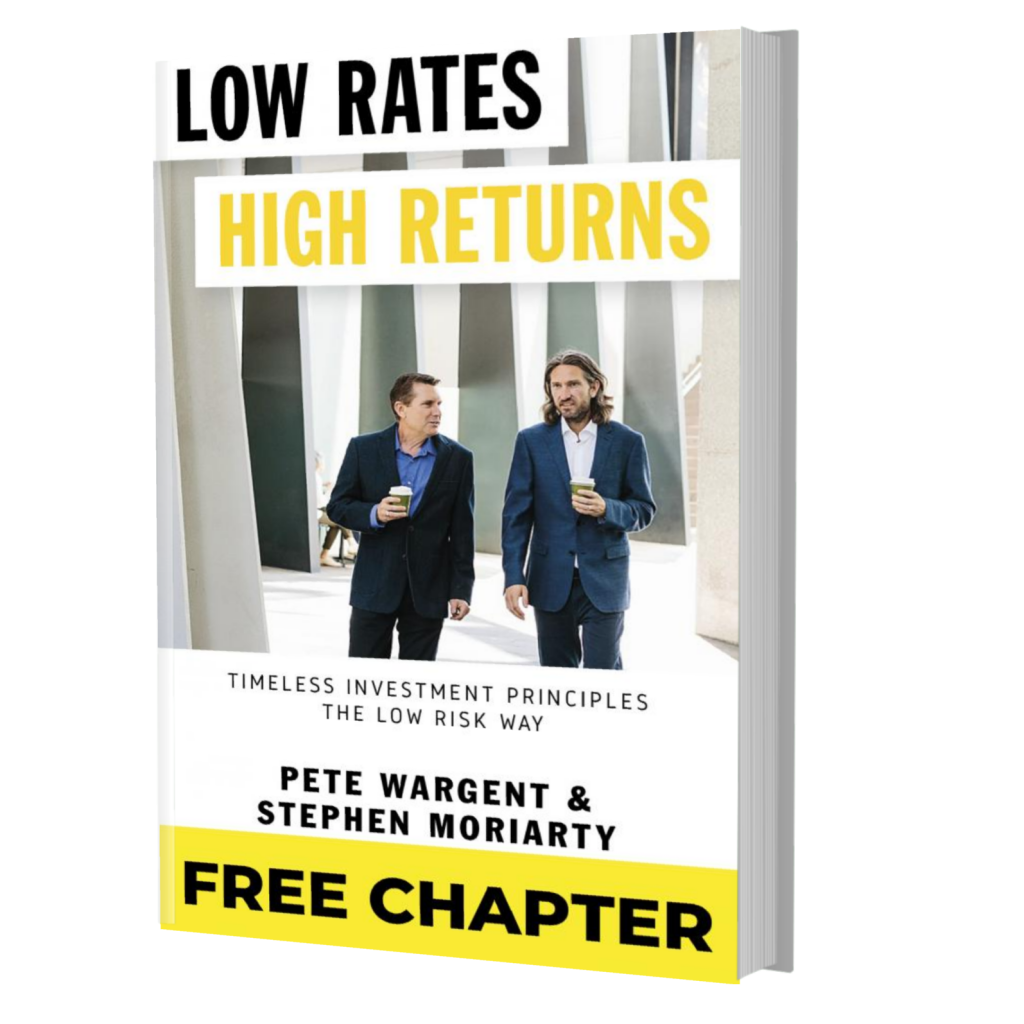The black drop
I’m not a boozer these days, but in my early twenties there was never any need to ask me what drink I wanted for the next round…it was always a pint of Guinness, no questions asked!
Lots of trendy new ales came and went, as did various fads such as alcopops and the like, but there was never anything to compare with the smooth black drop with a frothy shamrock atop.
Guinness has been brewed since 1759, and I wouldn’t mind a bet that it’ll still be enjoyed by glowing customers for another 260 years to come.
These days to the benefit of the Diageo group, the price of a pint of Guinness has been outpacing inflation for centuries, albeit partly due to sin taxes in recent decades.
In a similar vein my kids love Disney movies, just as other children before them have for decades…and when high school comes around they’ll be studying Shakespeare just as I did, and my old man before me, and his Dad before him.
The longer some things have been around, the longer you expect them to be around.
The Lindy effect
Perishable goods and people have a life expectancy; sadly we tend to deteriorate with age!
But for some non-perishables, such as certain brands or technologies, each additional period of survival implies a mortality rate that is instead decreasing over time.

How is this relevant to investing?
Because you can choose to narrow down your choice of stocks to the most durable businesses, a heuristic explored more deeply by Nassim Taleb in Antifragile: things that gain from disorder.
Not blowing up with Lindy
The Lindy effect helps to explain why experienced investors such as Warren Buffett place a far greater emphasis on the earnings of a well-established business than the results of ventures that have only been around for a few short years.
If you’re not a stock picker by nature, then you can take note of the risk hierarchy of investing in remembering that a stock market index is likely to outlive most individual businesses.
In real estate we’ve always taken great comfort investing in inner-Sydney’s Victorian terraces (or well-established boutique unit blocks).
You need to be wary of damp and termites, but we’ve always taken the view that what’s been scarce and popular for a century will probably still be scarce and popular a century from now.
On the other hand, I look at some of the towers sprouting up around the airport or out near the Olympic stadium, and it’s tough to gauge with any certainty how they’ll fare over the next 100 days, let alone the next 100 years!
If you must buy new property, you can at least look to apply the Lindy principle to the development company; look for reputable developers that have been around through several cycles, as they’ll probably be around for several more.
Good health, cheers!






